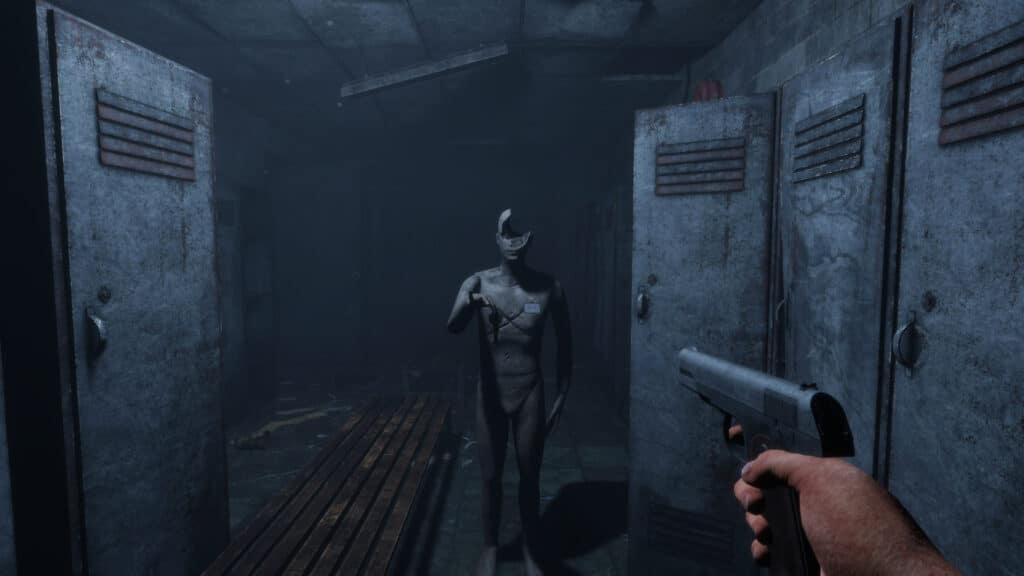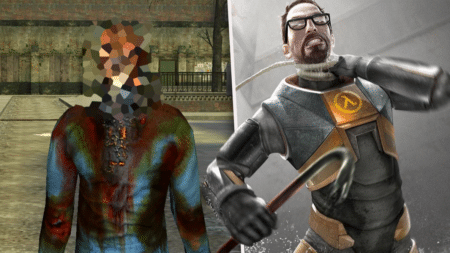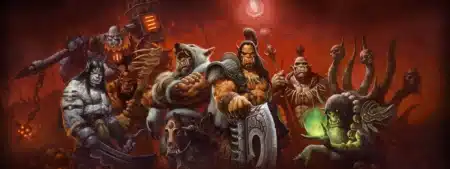Halloween is long gone, giving me yet another opportunity to discuss horror and how it relates to video game development. I personally believe in video games that Horror is an artistic expression, and there’s a lot more to it than just running around in the gloom and being stalked by something. Creating a good horror game requires you to include some key features. Let’s go over what those elements are.
Controlling the tension
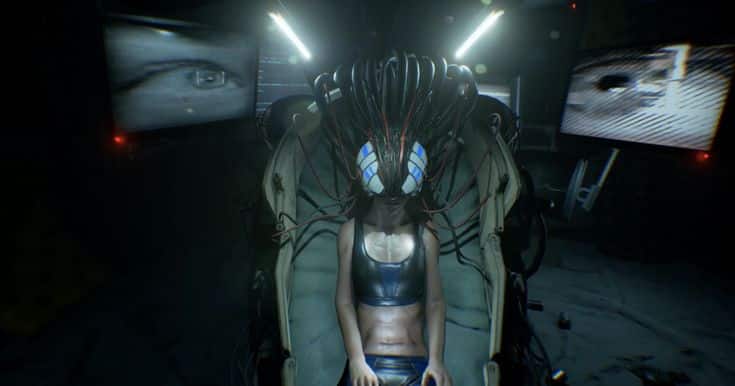
In order to do horror correctly, establishing the appropriate mood is key. Thus many factors go into establishing an edgy vibe, of course. Look and feel, music/sound styling, opponent positioning (and interactions) — also how much of the nearby region the gamer can actually perceive – are all critical factors to take into account in a game.
To generate a stressful environment, the capacity to help to calm down at critical points is just as vital. The rise and relaxation of stress maintain the correct equilibrium by following a rhythm of ebb and flow — relieving stress in diverse ways is also something to keep in mind. A safe haven, new enemy types, or even defying the existing rules are all possibilities here.
Player agency
A player’s capacity to influence the game’s events is known as their “agency,” and it may apply to both their instant gaming decisions and their storyline decisions as well. However, because this is a horror game, I’d want to concentrate on the gaming itself.
Have you Read: Wordle, From Recreation to Revolution
The fight-or-flight idea requires a strong sense of agency. One of the most important aspects of any good horror game is its ability to achieve a delicate equilibrium between player agency and the scare factor. For example, in titles like Doom or Fear, there are no terrifying spirits or monsters from the purgatory that may overpower the player.
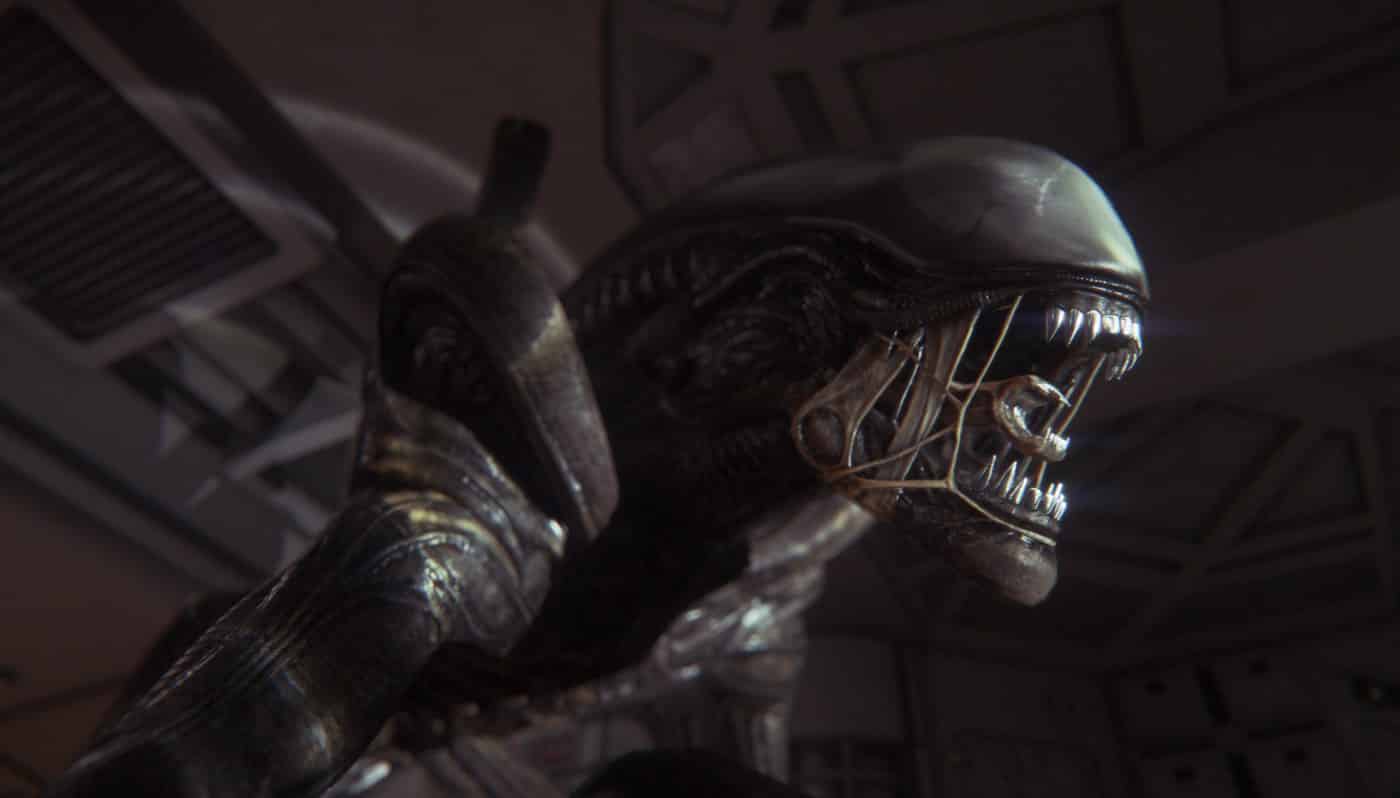
Amnesia and Outlast, for instance; both games have minimal control, which makes it easier for the gamer to perceive “the person behind the veil,” which conflicts with the user’s acceptance of disbelief in these games. Since humanity and cyborgs could not affect the player’s actions, Alien Isolation did a good job of making sure that the xenomorph was among the game’s key strengths. A massive and almost indestructible force was at hand as soon as the xenomorph appeared, and as such, the player was forced to go out on the defense.
Keep ’em guessing
In my opinion, dread of the unexpected and having the gamer (and/or spectator) wondering is a huge part of the driving force behind the horror genre. The intrinsic problem here is that every horror videogame ever produced ultimately burns all the fuel, particularly when coping with unchanging landscapes and opponent kinds. Eventually, the player will have seen all you have to offer.
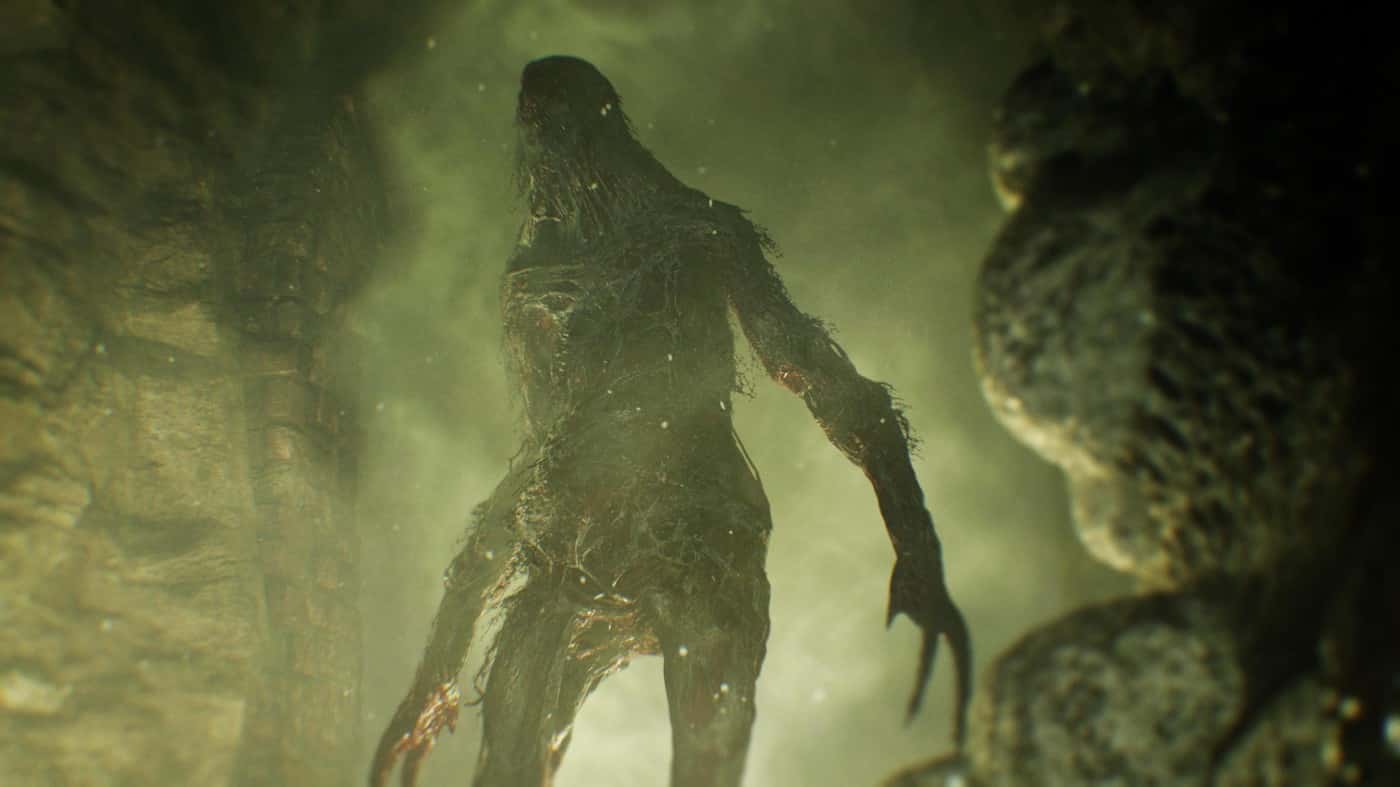
It’s hard to argue with Resident Evil 7 as a case study. It was a terrific game for horror fans in the opening quarter, however, the second half grew tedious and uninspired after a while. The sense of astonishment had all but vanished by the time I got to the second part of the game. Fear did not grip me; instead, I felt like I was merely traveling from one area to another, slaying hordes of foes and then confronting a predetermined boss battle.

